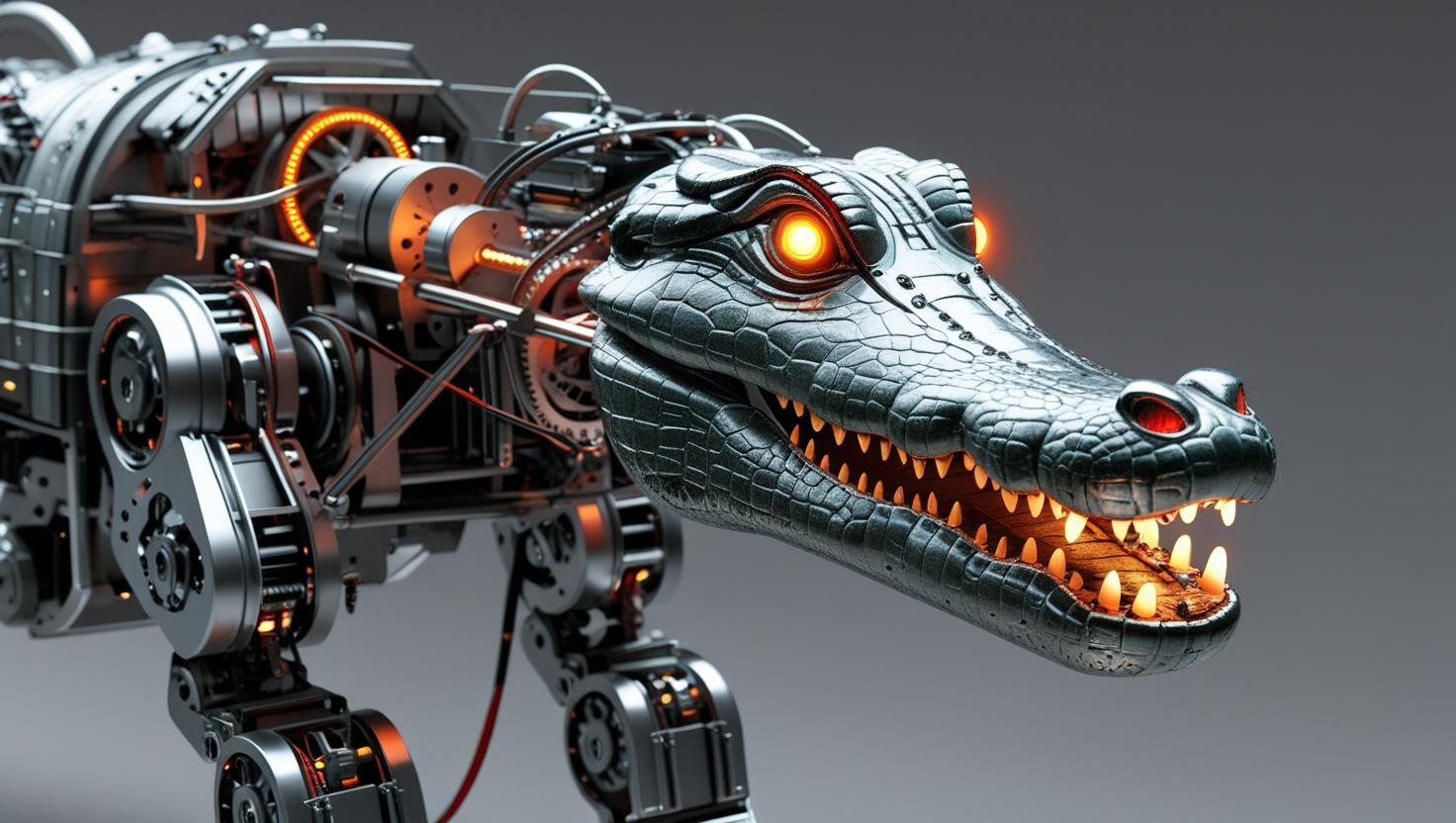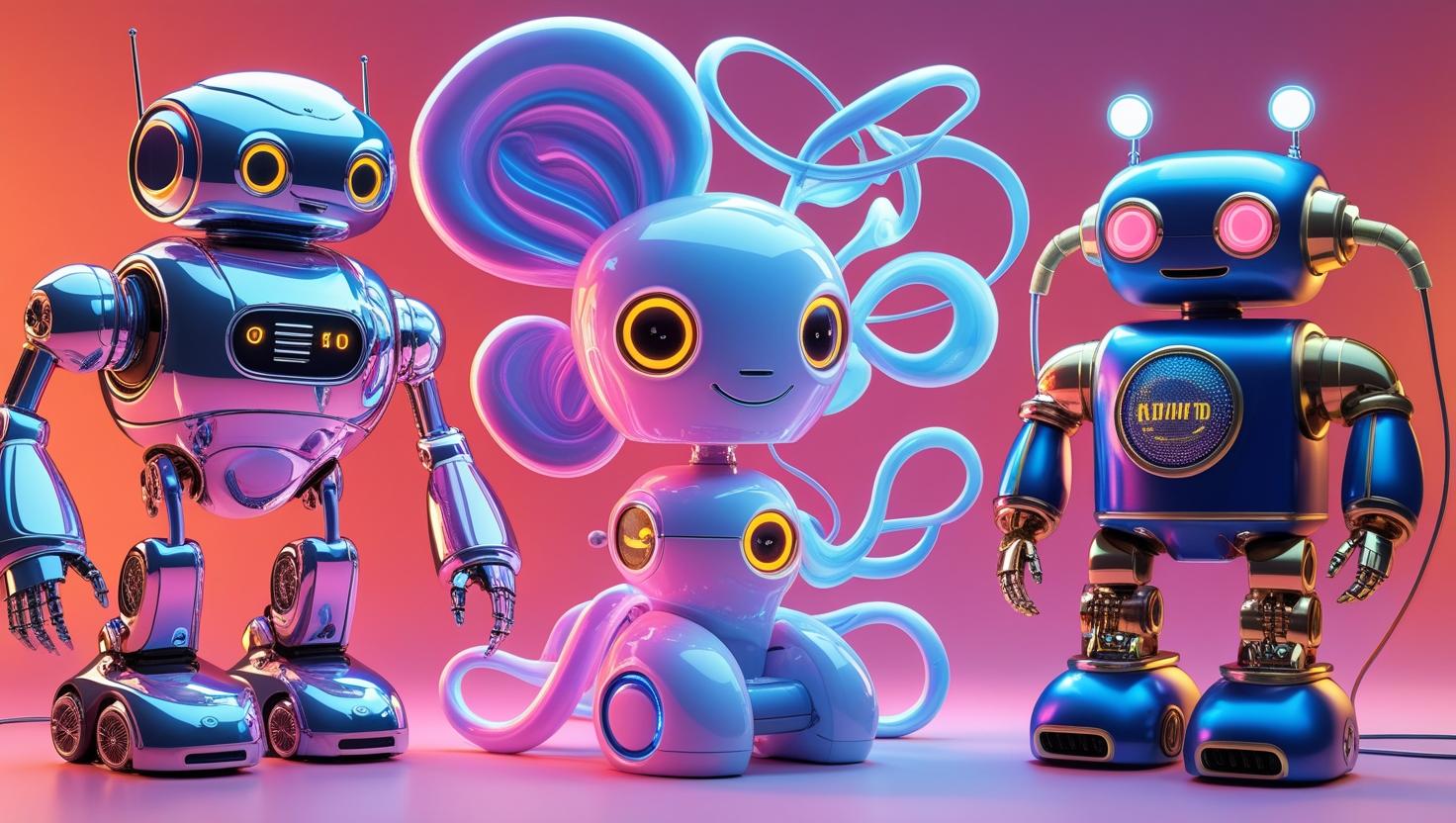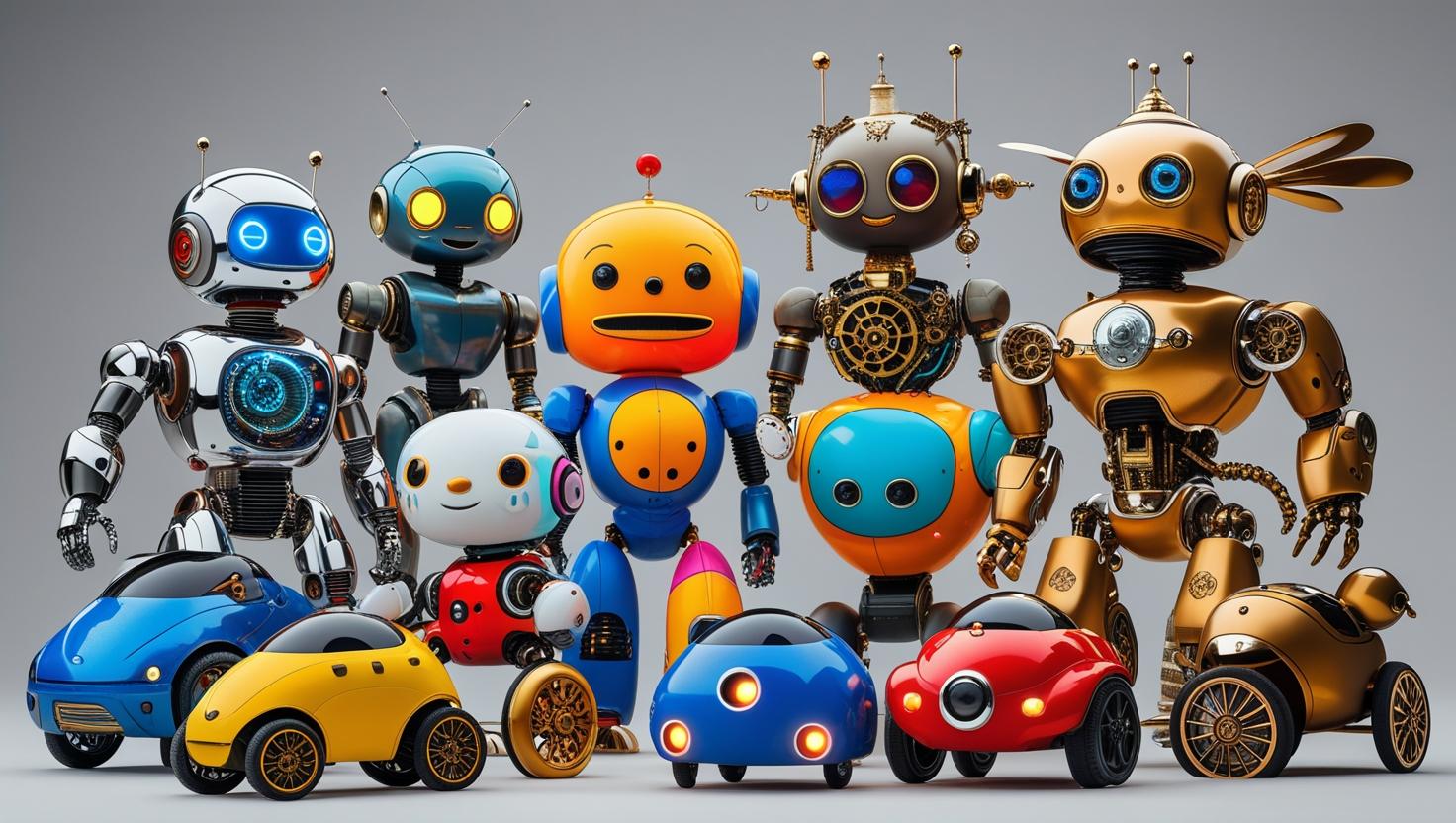For years, pet robots have been largely confined to the realm of simple companionship and entertainment. Think AIBO and similar models – adorable and engaging, but ultimately limited in their functional impact. However, recent advancements in AI, robotics, and sensor technology are rapidly expanding the potential applications of these furry (or metallic) friends. This blog post explores two cutting-edge examples that demonstrate how pet robots are moving beyond mere companionship and into impactful roles within specialized fields.
1. Pet Robots in Early Childhood Autism Therapy
Traditionally, therapy for children with Autism Spectrum Disorder (ASD) relies heavily on human interaction. Therapists employ various techniques to improve social skills, communication, and emotional regulation. However, some children with ASD can find direct human interaction overwhelming or anxiety-inducing, hindering their progress. This is where pet robots offer a potentially groundbreaking alternative. A recent (2023) study spearheaded by researchers at the University of Hertfordshire has demonstrated the efficacy of using pet robots, specifically modified versions of commercially available robot dogs, as therapeutic tools for children with ASD.
The key lies in the robot’s predictable and non-judgmental nature. Unlike human therapists, robots consistently respond in predetermined ways, creating a safe and predictable environment. This predictability can reduce anxiety and allow children to engage more readily. Furthermore, the robots can be programmed to perform specific tasks designed to improve social interaction and communication. For instance, a robot dog might be programmed to initiate a simple game of fetch or to ask the child to brush its fur. These activities provide opportunities for the child to practice social cues, such as eye contact, turn-taking, and verbal communication, without the pressure of human judgment.
The Hertfordshire study found that children who interacted with the pet robots during therapy sessions showed significant improvements in several key areas, including:
- Increased social engagement
- Improved communication skills
- Reduced anxiety levels
- Enhanced emotional regulation
The study also highlighted the importance of personalization. Each robot’s behavior and interactions were tailored to the specific needs and preferences of the individual child. This personalization ensured that the therapy was engaging and effective, fostering a positive relationship between the child and the robot.
While more research is needed to fully understand the long-term effects of pet robot therapy, the initial findings are promising. These robots offer a valuable tool for therapists working with children with ASD, providing a safe, predictable, and engaging way to improve social skills, communication, and emotional well-being. It’s not about replacing human therapists, but rather augmenting their capabilities with a technology that can reach children who might otherwise struggle to engage in traditional therapy.
2. Pet Robots for Search and Rescue Operations in Confined Spaces
Search and rescue operations in collapsed buildings, mines, or other confined spaces are inherently dangerous and challenging for human responders. The risk of further collapse, exposure to hazardous materials, and the sheer difficulty of navigating cramped and unstable environments make these situations extremely complex. Traditional search and rescue dogs are invaluable assets, but even they have limitations in these situations due to their size and susceptibility to injury.
In 2024, a team at the Swiss Federal Institute of Technology (ETH Zurich) unveiled a prototype pet robot, nicknamed “Mantis,” specifically designed for navigating these treacherous environments. Mantis is a small, agile, multi-legged robot inspired by insects and spiders. Its unique design allows it to crawl, climb, and squeeze through spaces that are inaccessible to larger robots and humans. The robot is equipped with a suite of sensors, including:
- High-resolution cameras for visual inspection
- Infrared sensors for detecting heat signatures (indicating the presence of survivors)
- Gas sensors for detecting hazardous gases
- Microphones for detecting sounds of distress
All the sensory data is transmitted wirelessly to a remote operator, allowing them to assess the situation and guide the robot through the debris. The operator can also use Mantis to deliver essential supplies, such as water and communication devices, to trapped individuals.
What sets Mantis apart from other search and rescue robots is its exceptional agility and adaptability. Its multi-legged design allows it to traverse uneven terrain and overcome obstacles that would be impassable for wheeled or tracked robots. The robot’s small size and low weight also minimize the risk of triggering further collapses. Furthermore, the Mantis can be rapidly deployed and operated by a single person, making it a valuable asset in time-sensitive situations.
While still in the prototype phase, Mantis has already undergone successful field tests in simulated disaster scenarios. The robot has demonstrated its ability to navigate complex environments, locate simulated victims, and deliver essential supplies. The ETH Zurich team is currently working on improving the robot’s autonomy and resilience, with the goal of making it a reliable and indispensable tool for search and rescue teams worldwide.
Conclusion: The Future is Now
These two examples highlight the transformative potential of pet robots beyond simple companionship. By leveraging advancements in AI, robotics, and sensor technology, these robots are becoming valuable tools in specialized fields, offering innovative solutions to complex challenges. From providing therapeutic support for children with ASD to assisting in search and rescue operations, pet robots are proving their worth as versatile and adaptable assistants. As technology continues to evolve, we can expect to see even more innovative applications of these robotic companions in the years to come, further blurring the lines between pets and practical problem-solvers.
The ethical considerations surrounding these advanced robots remain crucial. Ensuring responsible development, deployment, and data privacy are paramount as pet robots become more integrated into our lives. However, the potential benefits are undeniable, promising a future where these technological companions play an increasingly important role in improving human well-being and safety.




